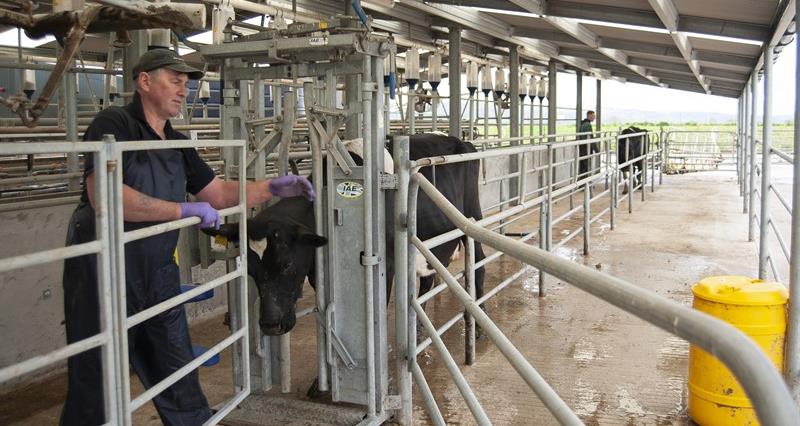PCR (Polymerase Chain Reaction) testing began in March 2022 to aid rapid detection of the bacterium, Mycobacterium bovis (M. bovis) which is responsible for bTB.
From 14 February, the APHA will expand the use of PCR testing in England, Wales, and Scotland to include suitable post-mortem tissue samples collected from:
- Cattle that have tested positive for bTB
- DCs (Direct contacts)
- Privately or compulsory slaughtered or dead IRs (inconclusive reactors).
From this date, the current method for bTB diagnostic testing of tissue samples, microbiological culture, will only be applied to specific PCR test-positive samples, either to aid disease investigations by obtaining Whole Genome Sequence information or if a valid PCR result is not achieved.
‘Significant step’
NFU Deputy President Tom Bradshaw described the expansion of PCR testing as a “significant step” which the NFU has long-called for.
“Swift disclosure of test results will help to alleviate the intense pressure on farmers during a TB breakdown and may offer additional certainty to how that breakdown will be managed,” he added.
A major benefit of using PCR testing is the speed at which APHA can confirm results – an average of 3 weeks.
The gold standard method for bTB diagnostic testing from tissue samples (of both bovine and non-bovine farmed animals) is traditional microbiological culture.
“Swift disclosure of test results will help to alleviate the intense pressure on farmers during a TB breakdown and may offer additional certainty to how that breakdown will be managed.”
NFU Deputy President Tom Bradshaw
Although well established, the major disadvantage of this approach is the length of time it typically takes to obtain a result (six to 22 weeks).
This could help provide a timely resolution of a suspected TB breakdown or allow for swift intervention to tackle infection at the earliest opportunity.
The approach and procedures for managing a TB breakdown will remain unchanged. However, detecting M. Bovis in post-mortem samples should generally be achieved more quickly.
More information on how the PCR test is currently used and further information can be found on the TB hub which will be updated in due course.
How is PCR testing currently used?
The PCR test introduced in March 2022 is currently only used in the following situations:
- TB slaughterhouse cases in cattle and non-bovines i.e. animals routinely sent for private commercial slaughter that have suspicious lesions of TB at routine meat inspection.
- Non-bovine animals such as camelids, goats, pigs, sheep and farmed deer that are removed as TB test reactors, direct contacts or clinical TB suspects, and cases where TB lesions are identified on diagnostic post-mortem examination in a veterinary laboratory.
- Domestic pets (cats and dogs) and exotic species of animals (e.g. in zoological collections) submitted to APHA for laboratory investigation.
